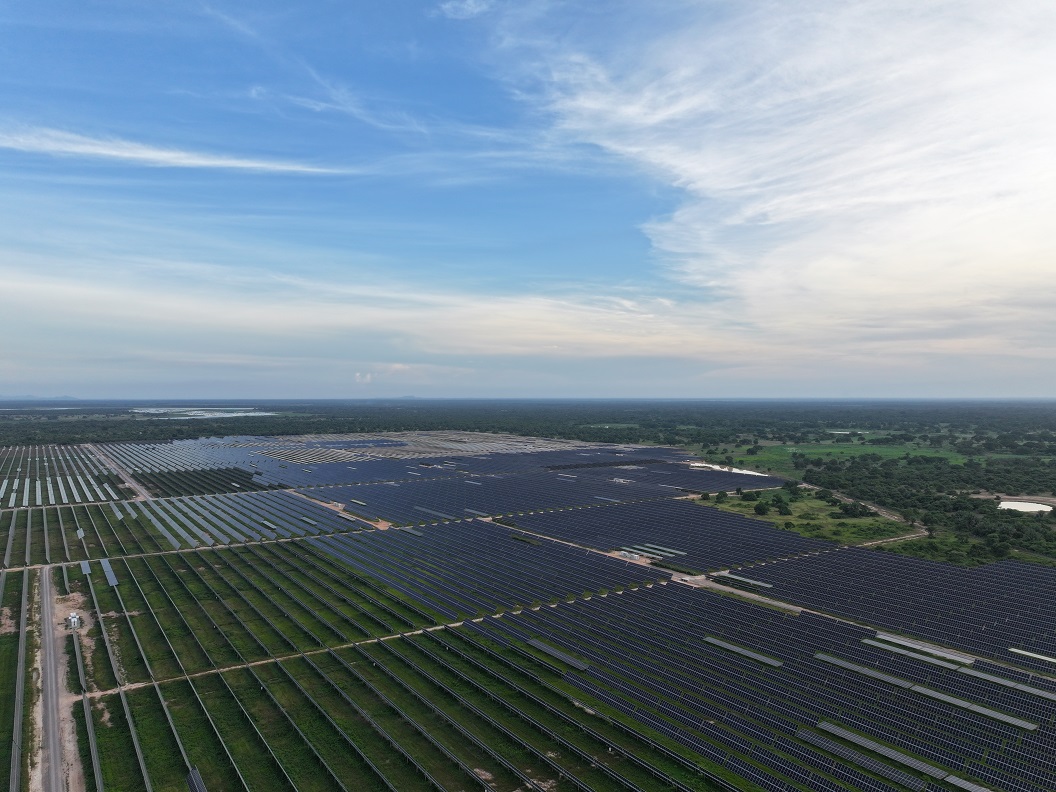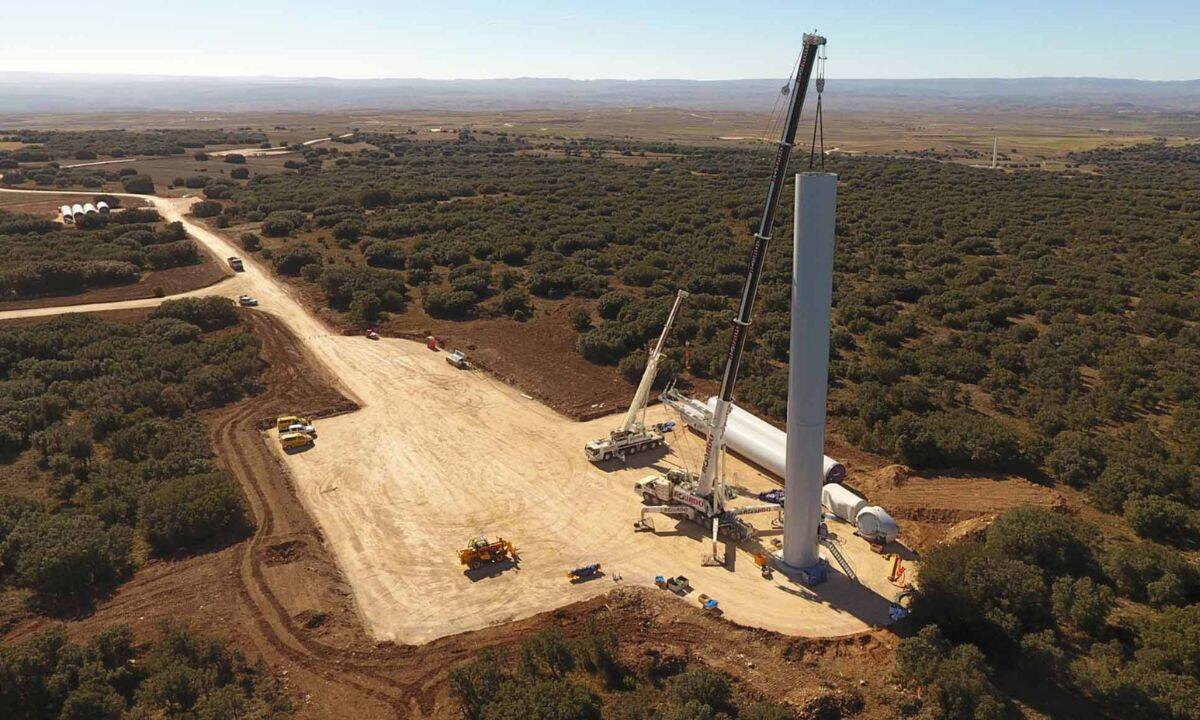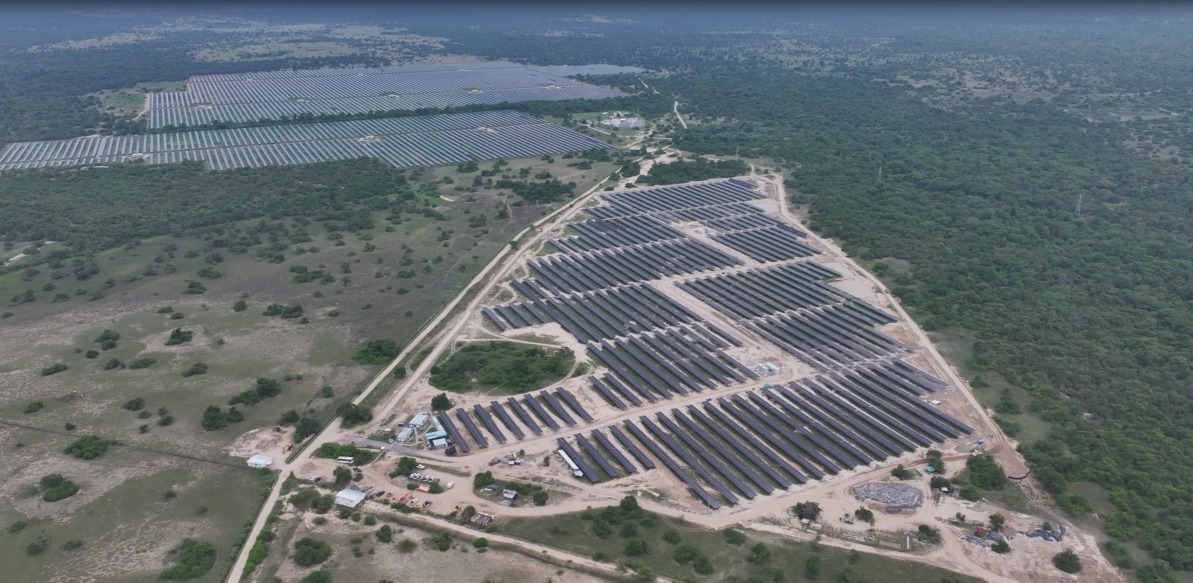Has Colombia lost its appeal for renewable energy? What they're asking for to prevent more companies from leaving the country

Despite the fact that wind speeds in La Guajira are twice the global average and solar radiation is 66 percent higher than the global average, developing non-conventional renewable energy projects in this department has become a headache for many companies.
In the last six months, European companies such as EDP Renewables and Statkraft announced they were leaving Colombia, while Celsia and Enel Green Power abandoned the wind farms they were developing in La Guajira.
"Every public announcement of an abandoned project or a company leaving the country greatly discourages remaining investors, making it harder for them to convince their parent companies to stay and continue believing in Colombia," acknowledged Alexandra Hernández, president of Ser Colombia.
In Colombia, there are only two small wind farms totaling 32 megawatts, because no megaprojects, which exceed 100 megawatts, have yet been built.
At this time, and with great difficulty, solar parks can be built in Colombia.

Photo: Enel Colombia
Solar farms have fared better, with 1,298 megawatts currently connected to the national grid. "At this time, and with great difficulty, solar farms are barely being built in Colombia. It's a shame," commented Rafael Jiménez, executive director for Latin America at the Spanish company Ecoener.
To prevent more companies from leaving Colombia and to allow large wind farms to take off, business leaders are urging the national government to take measures to help overcome the difficulties they are facing in moving their projects forward.
For example, Federico Echavarría, general manager of AES Colombia, asserted that the support of the national government and institutions is essential because "La Guajira faces major challenges" in developing wind farms.
One of the most important messages is that we would not be able to develop La Guajira alone.
This company has six mega-wind projects in La Guajira and in April announced a partnership with Ecopetrol to build them. "One of the most important messages is that we wouldn't be able to develop La Guajira alone," he stated.
According to Federico Echavarría, the key to moving these initiatives forward lies in developing a public-private partnership, as it will be very difficult to achieve if companies act alone.

Photo: Enel Green Power
Meanwhile, Rafael Jiménez believes that Colombia faces risks and challenges "of all kinds and disappointments." Among them, he highlights the difficulties with environmental licensing and the challenges related to construction, finance, safety, and commercial exploration.
The general director of Ventus Colombia, Víctor Manuel Tamayo, also agrees that one of the biggest problems in the country is the delay in issuing environmental licenses.
There must be more active support from the National Government.
Added to this is the lack of inter-institutional coordination, which causes significant delays in projects, as well as the prior consultation processes, which "have become very difficult and complicated."
"There must be more active support from the National Government. We business leaders are willing to work on prior consultations, but in an organized and coherent manner," he asserted.

Photo: Enel Colombia
For Víctor Manuel Tamayo, the Ministry of the Interior needs to better map the communities within the project's areas of influence and explain to them what prior consultations entail so that they don't "turn them into a business."
"The social issue and prior consultations are leading us to failure. Most companies left La Guajira because they grew bored with the communities; they were making unusual demands that they couldn't meet," said Senator José David Name.
Most companies left La Guajira because they got bored with the communities
Additionally, he stated that "the National Environmental Licensing Authority (ANLA) and the Ministry of the Environment have become the number one enemies of renewable energy development in this country."
Another area that needs improvement, according to the general director of Ventus Colombia, is the connection of generation projects to the National Interconnection System (SIN), as "the current situation is very difficult for injecting new energy."

Photo: Celsia
Therefore, it proposes a change to the process used by the Mining and Energy Planning Unit (UPME) to approve connection points. Currently, companies must submit the request and wait for the entity's approval.
"UPME should inform us where connection points for renewable energy are available and, through a call for proposals, allocate them to the projects most favorable to Colombia," he explained.
Regulation has advanced a lot and has given us very favorable conditions.
Although companies face multiple challenges and several areas need to be improved, Víctor Manuel Tamayo asserted that Colombia remains attractive for non-conventional renewable energy because it has "very interesting potential."
"What we need as business leaders are clear rules of the game, which do exist. Regulation has advanced enormously and has provided us with very favorable conditions. There are simply some institutional issues that need to be improved," he emphasized.
eltiempo





